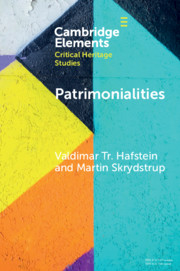Element contents
Patrimonialities
Published online by Cambridge University Press: 02 November 2020
Summary
- Type
- Element
- Information
- Online ISBN: 9781108933629Publisher: Cambridge University PressPrint publication: 03 December 2020
References
- 24
- Cited by

